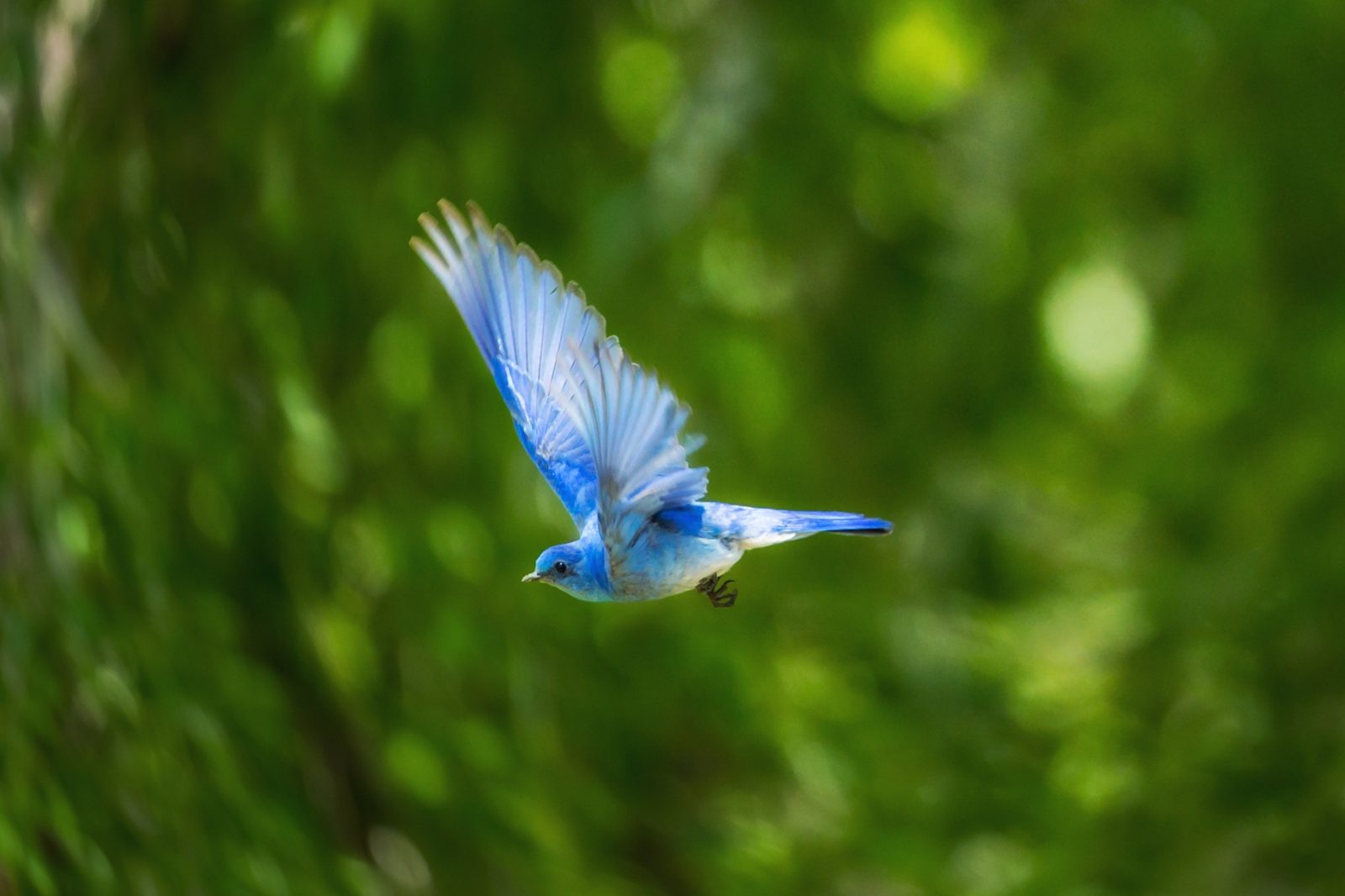The Two Wings of the Bird; Mindfulness and Self Compassion


“The two parts of genuine acceptance — seeing clearly and holding our experience with compassion —are as interdependent as the two wings of a great bird. Together, they enable us to fly and be free.”
It is said that mindfulness is like a bird; it needs two wings to fly. The two wings are clear seeing or wisdom and compassion.
In our meditation circle, we spoke about this and why cultivating compassion is such an important part of the practice. It is like the image of the bird, both wings need to be in balance in order for the bird to soar. When compassion isn’t informed by wisdom, it turns to pity. Too much wisdom and it turns into intellectualization. So, there must be a balance between compassion and wisdom, to help us stay present with the challenges we face in life, and to learn from them. In this post I’d like to focus on the wing of compassion/self-compassion.
Why it’s important to begin with self-compassion…
As a therapist, I counsel clients, who are facing challenges in their lives. So compassion towards their suffering, is an important part of the healing process. It is also important to have self compassion, to be a compassionate witness to what is difficult to be with. Compassion and self-compassion, are healing antidotes to pain. It is indeed powerful medicine, when we are able to meet pain in this healing way. Meeting pain in this way helps us stay grounded and present. It also helps us slow the chain of reactivity and come into connection with the qualities of mind and heart that are able to open to, and hold what is difficult. We become aware, of our moment to moment experience, meeting it with curiosity and kindness. With this present moment awareness, we can attend and befriend that which is in need of kind attention. This is the opposite of what we usually do when we are hurt, angry or grieving. Our habitual reactive response to these feelings, is to defend ourselves. This isn’t helpful, as it takes us further away from the healing power of the heart. And this is where self-compassion is needed.
Rumi speaks to this in the poem below:
The Guest House
This being human is a guest house.
Every morning a new arrival.
A joy, a depression, a meanness,
some momentary awareness comes
as an unexpected visitor.
Welcome and entertain them all!
Even if they are a crowd of sorrows,
who violently sweep your house
empty of its furniture,
still, treat each guest honorably.
He may be clearing you out
for some new delight.
The dark thought, the shame, the malice.
meet them at the door laughing and invite them in.
Be grateful for whatever comes.
because each has been sent
as a guide from beyond.
— Jellaludin Rumi,
With mindfulness, we become aware of how we are paying attention to what is happening in the present moment. When we pause and slow down the reactive mind, wisdom can arise and with wisdom, a moment of choice. This moment is a pivotal choice point; continue down the road of reactivity/suffering or shift towards a more healing response. This is the power of self compassion. We shift from needing to find the villian in the story (others, ourselves), to helping ourselves tend to what is tender and in need of acceptance and kindness. There isn’t a need to go after, or punish anyone. Instead, we turn towards the pain and recognize, that this is a moment of suffering. With that recognition, self compassion arises and we can then be with what’s happening, bringing kindness and compassion to it. So what does that look like?
Turning towards pain
 It’s not an easy practice, this turning towards pain. Especially when we’ve been conditioned to respond to pain with aversion, as if it’s not a part of life. So, as you are learning to practice self compassion it is important to be patient with yourself. What I’ve found to be most helpful, is to shift from the story about what happened/is happening to what is felt in the body. so I’ll experience anger as a burning feeling in my stomach, when I feel that, I place my hand on my stomach as a symbol of care and compassion. This instantly brings me into contact with what is happening in the present moment. I feel the pain that is beneath the anger and if I stay with it, breathing into the area of distress and softening around it, the hurt begins to soften. This didn’t happen when I practiced for the first, second or 20th time. It took time to really learn how to shift from feeding the anger with thoughts and stories, to be with the direct painful experience that was happening in the present. A resource that helped is Kristin Neff’s book Self Compassion; The Proven Power of Being Kind to Yourself.
It’s not an easy practice, this turning towards pain. Especially when we’ve been conditioned to respond to pain with aversion, as if it’s not a part of life. So, as you are learning to practice self compassion it is important to be patient with yourself. What I’ve found to be most helpful, is to shift from the story about what happened/is happening to what is felt in the body. so I’ll experience anger as a burning feeling in my stomach, when I feel that, I place my hand on my stomach as a symbol of care and compassion. This instantly brings me into contact with what is happening in the present moment. I feel the pain that is beneath the anger and if I stay with it, breathing into the area of distress and softening around it, the hurt begins to soften. This didn’t happen when I practiced for the first, second or 20th time. It took time to really learn how to shift from feeding the anger with thoughts and stories, to be with the direct painful experience that was happening in the present. A resource that helped is Kristin Neff’s book Self Compassion; The Proven Power of Being Kind to Yourself.
It also helps to belong to a Mindfulness Meditation Circle that focuses on exploring the practices which help us cultivate wisdom and compassion. Our Sangha, has definitely helped me to deepen my own meditation practice and how these teachings help us cultivate wisdom and compassion. However, if you don’t have a local group, there online groups you may join, that practice on a regular basis.
With the state of the world today, there truly is a need, for all of us to learn how to be a healing presence for all living beings. This helps us and when we are more compassionate towards ourselves, we are able to be more compassionate towards others.
Want to learn more? Join us at our weekly meditation circle, RSVP at Meetup.com or at our upcoming 5 Day Residential Mindfulness Retreat at Casa San Carlos Retreat Center. To register go to our Event Registration page.
If you would like more information on this practice, please feel free to contact me here.
